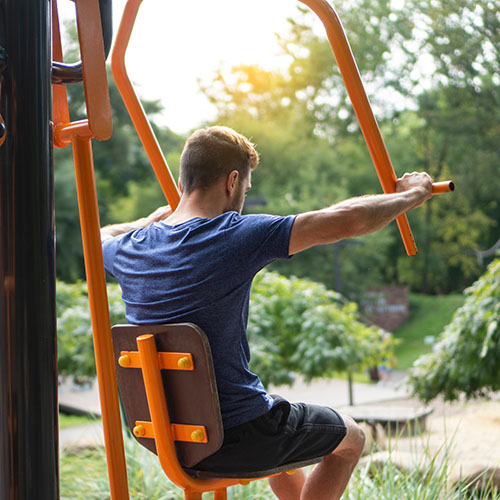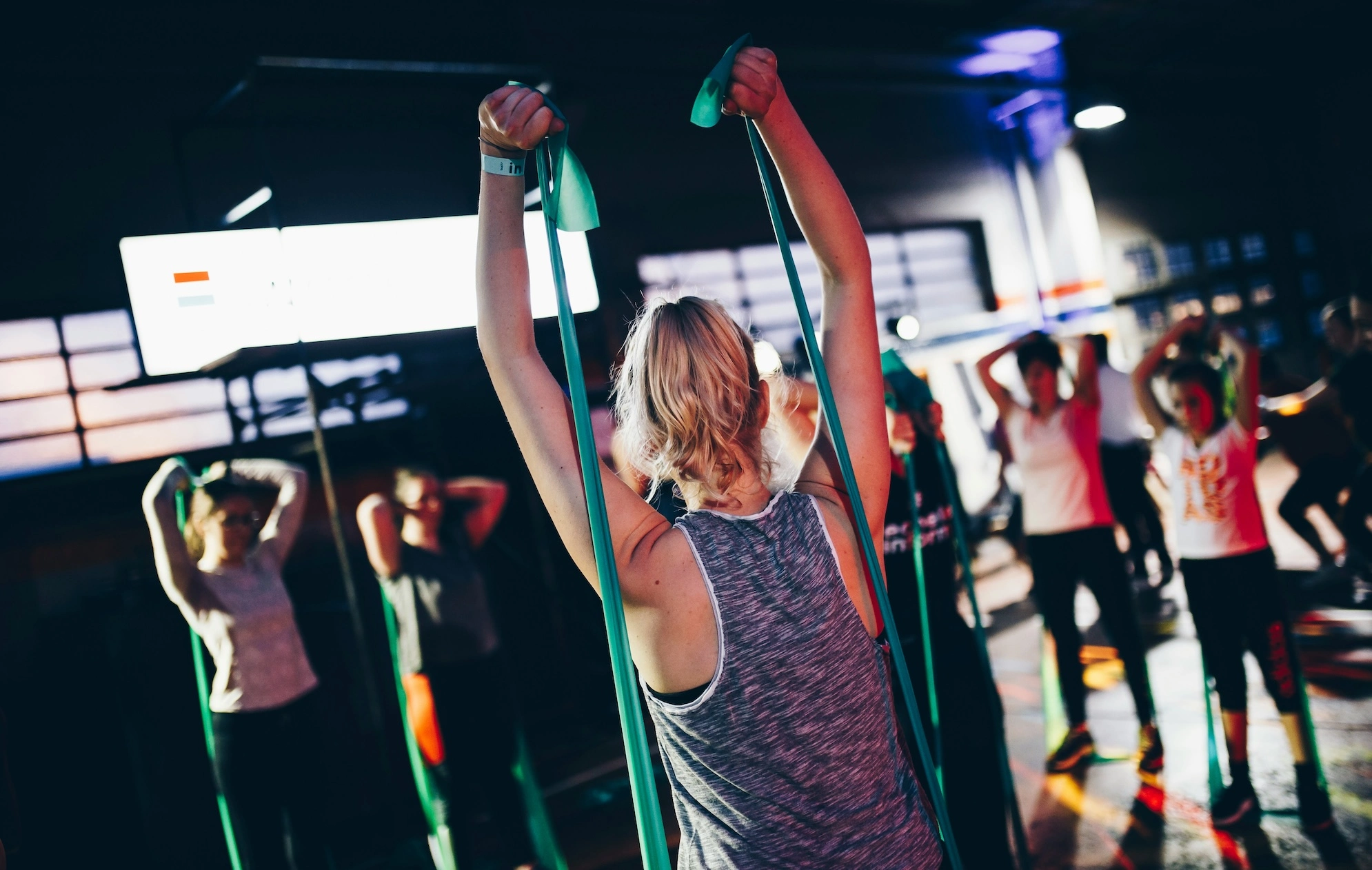Aerobic exercise and resistance training help improve cognitive and executive functioning, with older populations seeing the biggest boost, according to a new meta-analysis
In the longevity game, health and wellness have evolved into more than just obtaining an ideal BMI; they’ve become tools to improve and extend mental acuity — and aerobic exercise and resistance training could be the keys to positive cognitive and executive functioning.
Aging is inevitable for all, but one systematic review and meta-analysis — described by its authors as a comprehensive “one-stop shop” — has offered new insights into exercise’s impact on cognitive function and provides a new perspective for longevity-seekers.
Exercise is commonly recommended to boost cognitive function, but researchers say few meta-analyses have truly evaluated the cognitive advantages associated with variables such as exercise frequency, intensity, duration, type, volume and progression (FITT-VP) in healthy populations.
In their review, published in Ageing Research Reviews, researchers used PubMed and Web of Science to gather 54 randomized controlled trials with 6,277 participants (aged 6 to 60) to examine each FITT-VP variable’s effects on healthy individuals’ cognitive function, including executive function, memory, attention and information processing.
The included 54 studies met the following criteria:
- The study was a randomized controlled trial with healthy participants to explore the effects of chronic exercise on cognitive function
- The interventions included any type of exercise training with supervision
- Control group participants received no intervention, usual care, health education, sham exercise training, or were on a waitlist for the study
- Studies had to report at least one cognitive outcome, which included global cognition, executive function, memory, attention or information processing
The key takeaway? Aerobic exercise performed with moderate duration, frequency, intensity and overall length was associated with the greatest improvement in global cognition, the authors found.
When it comes to improving executive functioning, researchers suggest that resistance training is better than aerobic exercise, although both modalities offer strong benefits.
Mind-body exercise (in this case, yoga and tai chi) with moderate duration, frequency and overall length but high intensity also showed benefits to memory, although the authors caution that the results assessing attention and information processing should be interpreted cautiously due to the low number of included studies.
Perhaps most interesting is the finding that older participants benefited the most from exercise interventions — a point complemented by recent research on the powers of daily, low-intensity physical activity.
“This study offers new insights on the dose-response relationship of chronic exercise and the use of FITT-VP exercise principles to improve cognitive abilities or prevent cognitive decline in the process of aging,” the authors concluded.
The longevity space continues to soar, with many emerging solutions and products that proponents say can slow down the ticking clock of age or, at the very least, support health in the present. From mushroom-powered drinks and gummies to enhance focus to GLP-1 and other weight loss management solutions to assisted stretching, analysts are bullish on the wellness boom.







































